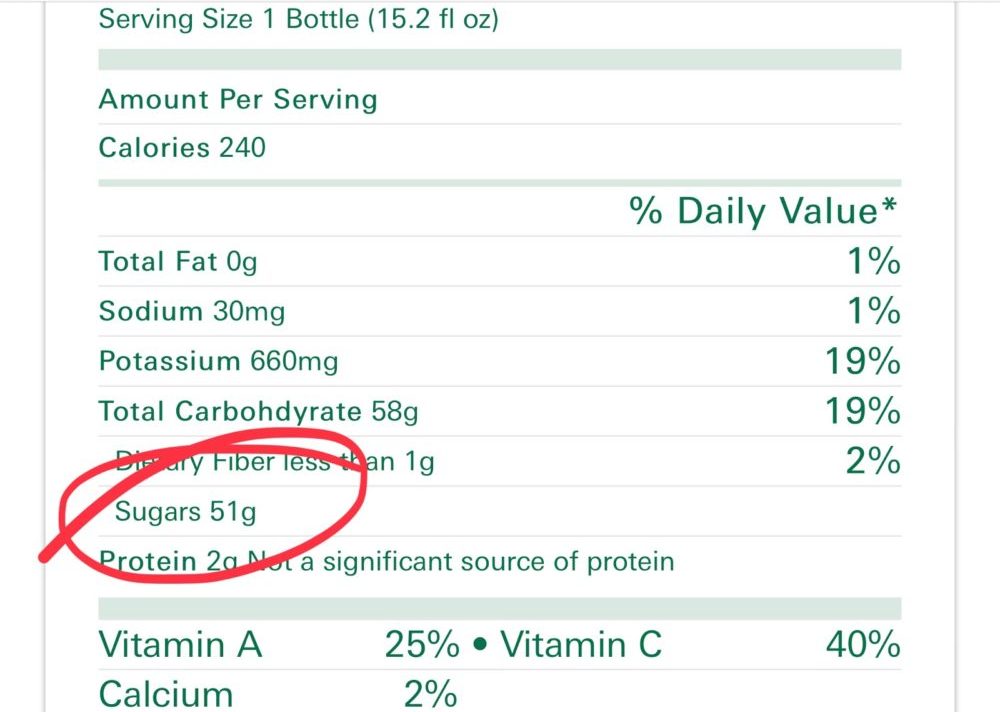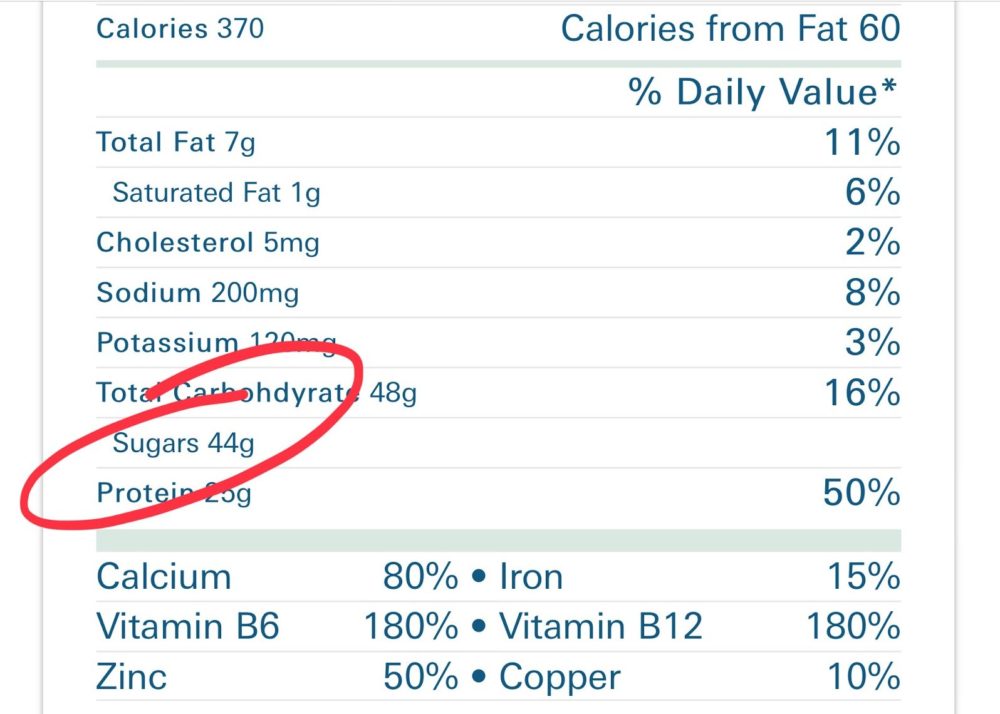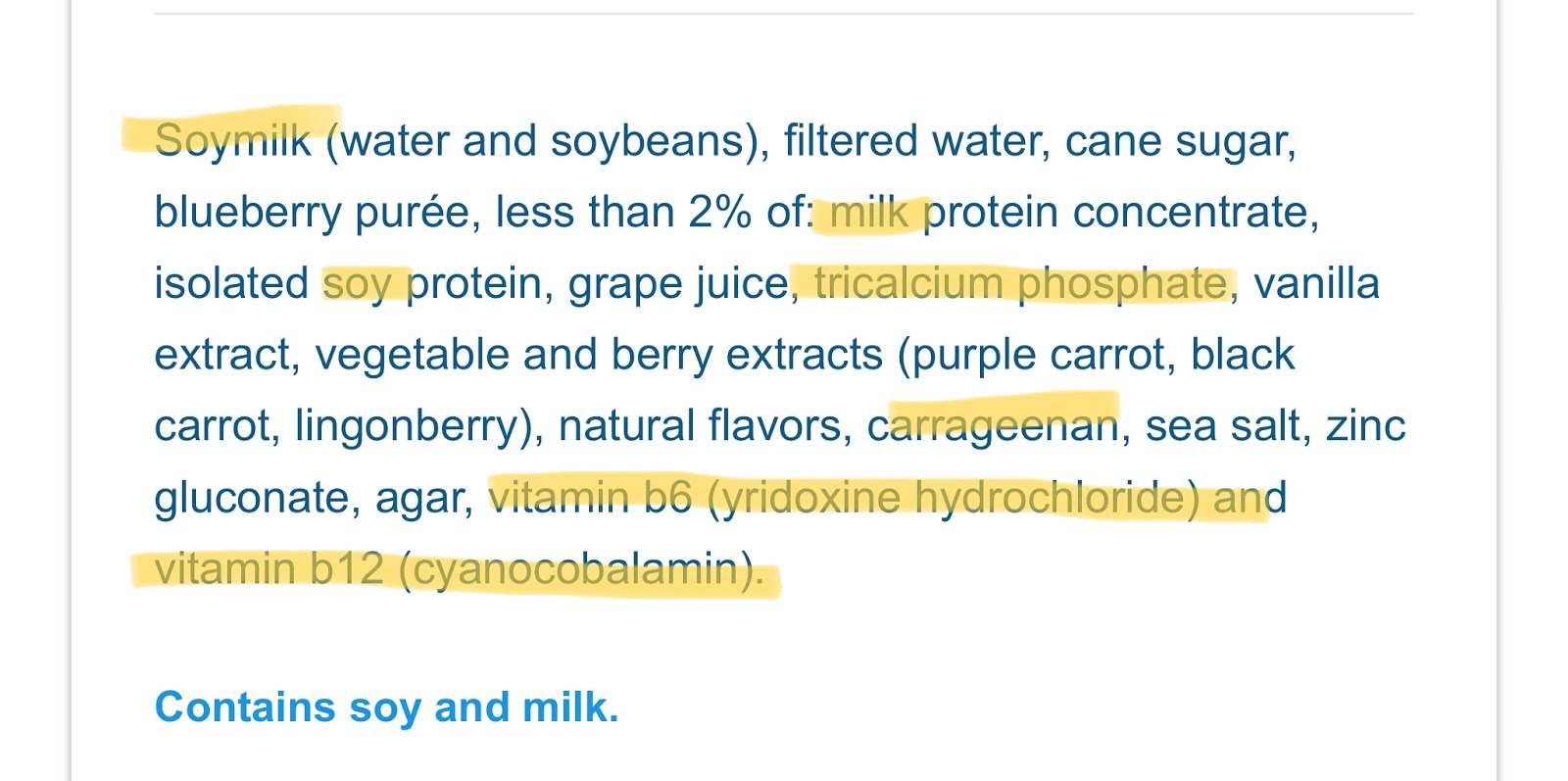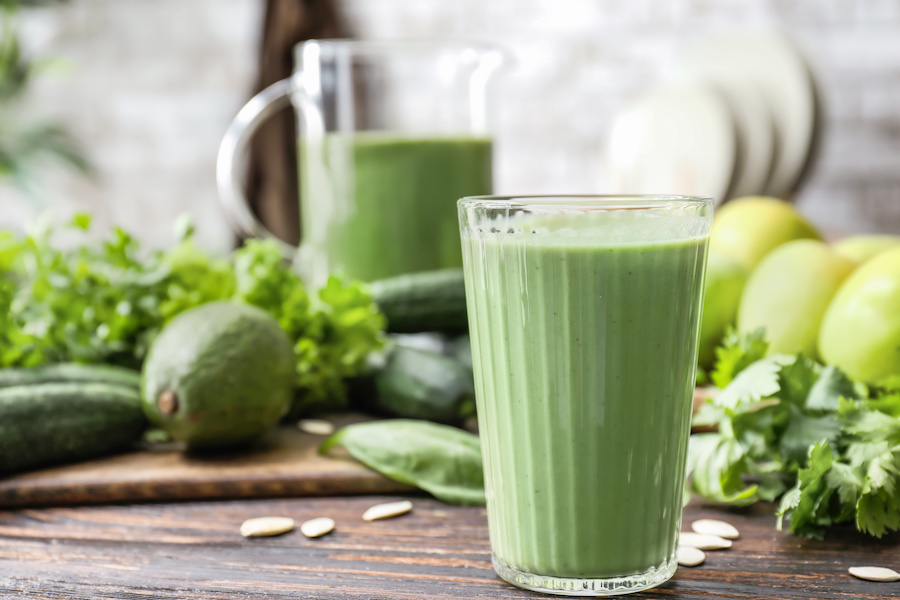Raise your hand if you skip breakfast!
I know you’re out there, and that there are a lot of you! In fact, a recent survey found that 31 million Americans skip breakfast every day. That’s about one in every ten people. I absolutely see this play out in my practice, working with men and women from all walks of life. If I had a dollar for every patient who tells me that they skip breakfast, I could close my practice and move someplace tropical and sunny. Maybe to open a smoothie bar, hmmm…
But in all seriousness, I get it. Mornings can be the worst – a mad dash to wake up, get yourself and perhaps some little (or furry) creatures fed/washed/corralled, then you’re out the door for drop-offs and meetings and conference calls and maybe a workout and holy smokes it’s already lunch time. Phew! Who has time for breakfast!?
Well, I’m here to tell you that it’s time to make time for breakfast!
(Unless, of course, you plan to strategically extend your overnight fast to get the health benefits of intermittent fasting. This is a practice that I consider an “advanced nutritional technique” that works best with proper guidance and an already-solid nutritional foundation. We’ll talk about this another time.)
Why Do We Skip Breakfast?
Most folks who are skipping breakfast are doing so because they are short on time or short on ideas. Some have realized that a bowl of cereal or a bagel with cream cheese isn’t a healthy option, but they don’t know what to have instead. Many tell me that they aren’t hungry for breakfast first thing in the morning, so they skip it all together.
Interestingly, it’s often these same breakfast-skippers who are struggling with weight, headaches, fatigue, mood changes, and hormonal imbalances. Why? Commonly, these same people overeat later in the day. They are so hungry by midday that they grab whatever they can get their hands on, in large quantities. Or, if they are having a healthy lunch, they find themselves ravenous in the afternoon or in the late evening. This is because skipping breakfast has robbed them of a third of the caloric energy that their bodies need to function optimally. They end up reaching for snacky foods like processed carbohydrates (chips, crackers, cookies, etc) or sugar-laden treats. Sugar cravings are epidemic in these folks, and it makes sense why – their bodies are begging for fuel, and sugar is the fastest fuel around.
Long-term consequences of these eating patterns include blood sugar imbalances, hormonal disruption, metabolic dysregulation (which can lead to weight gain), and inflammation. Not to mention feeling cranky, bloated, and hangry (that dreadful feeling of being so hungry that you’re angry, too!)
So What’s a Busy Breakfast-Skipper to Do?
My prescription: make a smoothie.
If you read my April blog, you know that I start my day with a smoothie. I even told you what goes in it. I love making smoothies because they are 1) simple, 2) delicious, and most importantly 3) a great vehicle for adding a ton of nutritionally-dense foods.
For the breakfast-skippers in my practice who struggle with morning appetite, smoothies are a great option because they can be sipped on slowly over the course of the morning as the digestive tract “wakes up.” (Digestive enzymes may also be useful for this crew). For those who are completely pressed for time (and not willing to get up 10 minutes earlier – which is a really simple solution to not having time for breakfast, by the way), smoothies can be prepared the night before. Alternatively, ingredients can be portioned out ahead of time, so in the morning everything is tossed into the blender and voilà – smoothie in two minutes, literally.
How Not to Make a Smoothie
So what should go into a nutritious smoothie? Well, let’s start instead with what shouldn’t.
Smoothies are not meant to taste like milkshakes or frozen daiquiris. In other words, they are not intended to be complete sugar bombs. Many people are duped into thinking they are starting their day off healthfully by making a smoothie that looks something like this: vanilla almond milk, vanilla Greek yogurt, mango, banana, pineapple, cherries, and spinach. While a fruit smoothie like this may taste amazing (and kudos for the spinach!), it has as much sugar as a can of soda, or two – for real! And while the fruits provide some important nutrients and fiber, no one needs to start their day with so much sugar, even if it’s “natural.”
Extra sugar is hidden in other “healthy” smoothie ingredients, too. Luckily there are usually healthy swaps that will keep your smoothie lower in sugar, but high in enjoyability. Here are some simple swaps you can make to decrease the sugar content of your smoothies:
| Instead of… | …Opt for: |
| Sweetened non-dairy milk | Unsweetened non-dairy milk |
| Flavored yogurt | Plain, unsweetened yogurt |
| Bananas to boost texture | Avocado (~¼), or stick with ½ banana per serving |
| High-sugar fruits like mango, grapes, cherries, pineapple, banana | Lower-sugar fruits like berries, papaya, melon |
| Fruit juices | Water, unsweetened non-dairy milk, unsweetened green tea |
| Ice cream or frozen yogurt | Ice, frozen cauliflower, ½ frozen banana or avocado to boost creaminess |
| Sweetened protein powders, or protein powders in extravagant flavors | Stick with unsweetened protein powders with natural flavors like vanilla bean or organic cacao |
Please, I beg you, do not be fooled by the pre-made “protein smoothies” that line the shelves at the grocery or health food store. These are not protein smoothies. These are sugar bomb smoothies. They are not good snacks. They are not good meal replacements. They are basically junk food. Take a look at the nutrition facts on this “Superfood Smoothie” from a health-related brand that is sold at grocery stores across the nation:

If you need a refresher on sugar math, here it is: 4 grams of sugar = 1 teaspoon of sugar. So, 51 grams of sugar, divided by 4 grams per teaspoon…that’s almost 13 teaspoons of sugar in this beverage. Would you ever sit at your breakfast table and put 13 teaspoons of sugar into your coffee or tea? I hope not! Don’t drink this sugar in your smoothie, either.
Here’s another nutrition label, this one for a “Protein Smoothie” from the same brand:

Again, sugar bomb. The front of the bottle says things like “100% Juice”, “NON-GMO”, and “No Added Sugar”. This is done to fool you into thinking that you are getting a high quality, health promoting product. But now you know better.
Don’t be fooled by the vitamin content of products like these, either. Most are synthetic vitamins that are added, not vitamins from real foods. Many of these bottled smoothies contain ingredients that are problematic for people, like dairy and soy, and some are made with thickening agents, like carageenan which may contribute to gut inflammation (here’s a great, fair review of carageenan).
Here’s a picture of the ingredients of the “Protein Smoothie” above, with the questionable ingredients highlighted:

There are some good alternatives on the market if you’re looking for a quick, bottled protein snack. My favorites are made by Koia and Rebbl. Both are transparent about their ingredients and keep sugar content low.
How to Build a Rockin’ Smoothie
So what should go into a smoothie? Vegetables, of course! Just like your plate, your cup should be at least 50% full of veggies. That doesn’t mean that there’s not a place for some fruit, it’s just not the dominating force. Adding veggies to your smoothies ensures that you are getting vitamins, minerals, fiber, and tons of phytonutrients (the helpful plant chemicals that act like medicines in our bodies).
The other components of a healthy smoothie are a source of protein, some healthy fat, and one moderate portion of fruit. The fiber in veggies, coupled with fat and protein, helps to slow the absorption of any sugar that is in the fruit. This means you’ll feel fuller longer and will avoid those nasty blood sugar spikes that come with the sugar bombs you may have been drinking in the past.
To make things simple, I’ve designed the 3-2-1 GO Smoothie Template. If you follow this template, you’ll be on your way to having a delicious, nutrient-dense, filling, strengthening breakfast. You’ll be amazed at how yummy drinking your veggies can be, and you’ll be more likely to make better choices throughout the day when it comes to nutrition. How does it work? I’ve created a printable handout to put up on your fridge, which you can find here.
Here are the basics:
READY: Start with a liquid base (options: water, unsweetened non-dairy milk, organic milk if tolerated, unsweetened green tea)
SET: Add protein. Protein powder is easy, quick, and usually well absorbed. Other sources of protein are certainly welcomed based on your preferences (unsweetened plain yogurt, organic tofu, beans). What kind of protein should you buy? I knew you’d ask. It’s one of the most common things that people ask me when we talk about smoothies. Click here for my guide to choosing a protein powder.
3-2-1 GO: Add everything else. Choose:
- 3 VEGGIES
- 2 FATS
- 1 FRUIT
BOOM!
It’s up to you to play around with different flavor combos and find what you like. To get you started, here are seven 3-2-1 GO Smoothie Recipes – one for every color of the rainbow, or every day of the week!
For best results, I recommend investing in a high-powered blender. Vitamixes and Blend Tecs are awesome (and awesomely spendy), but a Magic Bullet or NutriBullet does the trick just fine. I don’t recommend using a standard blender – there’s nothing less appetizing than a smoothie full of kale chunks.
I hope you love incorporating a 3-2-1 GO smoothie into your daily routine. Happy blending, and cheers to your health!



